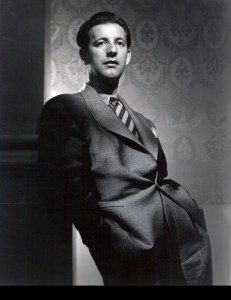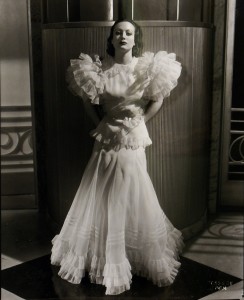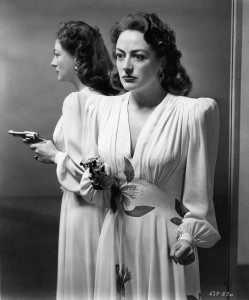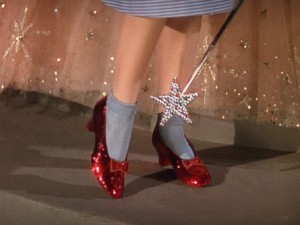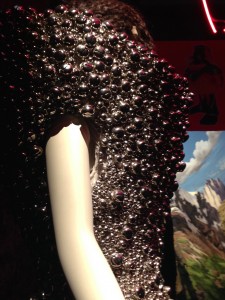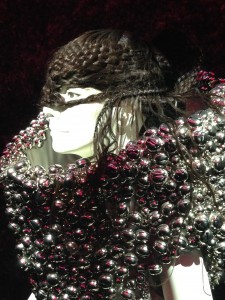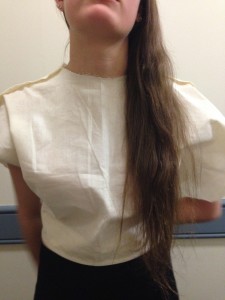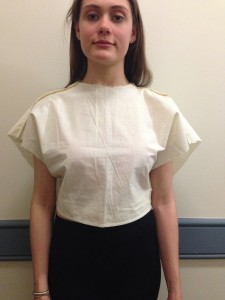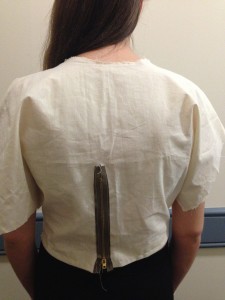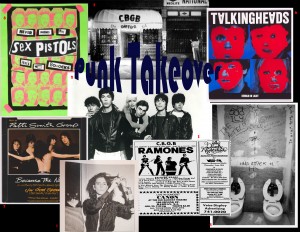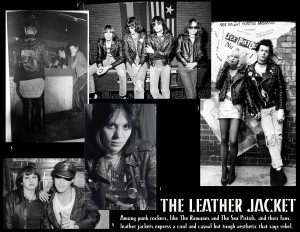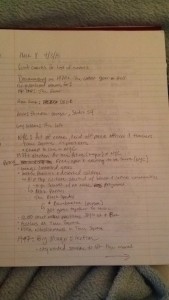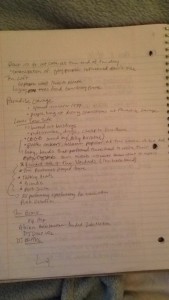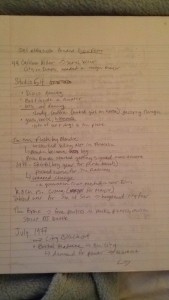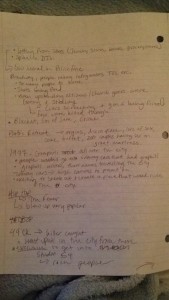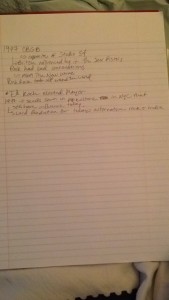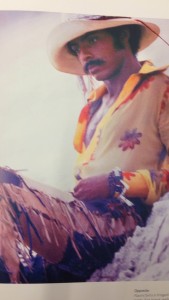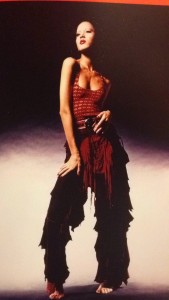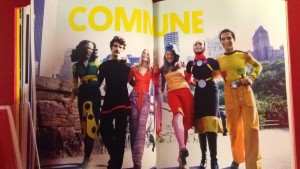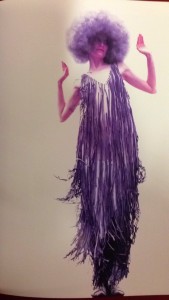This is a photo of the costume and fashion designer Adrian. He is also known as Gilbert Adrian, although he was born as Adrian Adolph Greenberg. The photo comes form the Fashion and Model Directory. The page discusses how Adrian was vital in creating Hollywood as a center for glamour in the 1930’s, designing costumes for 250 films including The Wizard of Oz. He created iconic looks for actresses like Joan Crawford with her broad-shouldered suits and dresses.
(“Gilbert Adrian Greenberg – Fashion Designer | Designers | The FMD.” The FMD. Accessed April 23, 2015. http://www.fashionmodeldirectory.com/designers/gilbert-adrian-greenberg/.)
PDF: AdrianPart1
Adrian designed countless costumes for MGM in the 1930’s. He is known for designing gorgeous gowns and costumes and for making Hollywood the center for glamour. In a time when Hollywood and cinema became a form of escapism for people, Adrian’s designs gave women something to admire and a fantasy they could play into. He dressed many famous actresses including Katherine Hepburn, Jean Harlow, Greta Garbo, and Joan Crawford. One of the most iconic styles that he designed is the broad shouldered look for Joan Crawford (pictured above). This style and puffed sleeves he designed for Crawford for the movie Letty Lynton became a major style for women of the time and still inspire designers today. Another major project that Adrian is known for is designing the costumes for The Wizard of Oz, including Dorothy’s ruby slippers.
(“Gilbert Adrian : Fashion, History.” Gilbert Adrian : Fashion, History. Accessed April 24, 2015. http://theredlist.com/wiki-2-23-1249-1254-view-1930s-profile-gilbert-adrian-3.html.)
(“Joan Crawford – the Forgotten Queen of Style.” All Aboard For Skinkers Swamp. July 16, 2012. Accessed April 24, 2015. https://allaboardforskinkersswamp.wordpress.com/2012/07/16/joan-crawford-the-forgotten-queen-of-style/.)
PDF: AdriansWork
Adrian’s New Project:
“The Philadelphia Story” (1940) is being remade current day. The Story will follow the basic plotline of a high society woman (Tracy) who is preparing for her second marriage to wealthy man after she ended her first marriage in divorce. Her ex-husband, a writer for a newspaper wants revenge and takes a fellow journalist with him as we gets involved in the wedding. Tracy, finds herself confused, conflicted and learns a lot about herself in the process. Adrian designed all of the costumes for this movie. For the remake, the garments will stay true to some of Adrian’s signature elements.
